The Story of a Fierce Bad Rabbit
Beatrix Potter loved the countryside and she spent much of
her otherwise conventional Victorian childhood drawing and studying animals. Her passion for the
natural world lay behind the creation of her famous series of little books. A particular source of
inspiration was the English Lake District where she lived for the last thirty years of her life as a
farmer and land conservationist, working with the National Trust.
The Story of A Fierce Bad Rabbit, together with The Story of Miss Moppet, were books intended especially for very young children and they were originally published in a pull-out concertina format. They were subsequently reissued as standard books however, since the long strip of pictures became damaged too easily.
www.peterrabbit.com

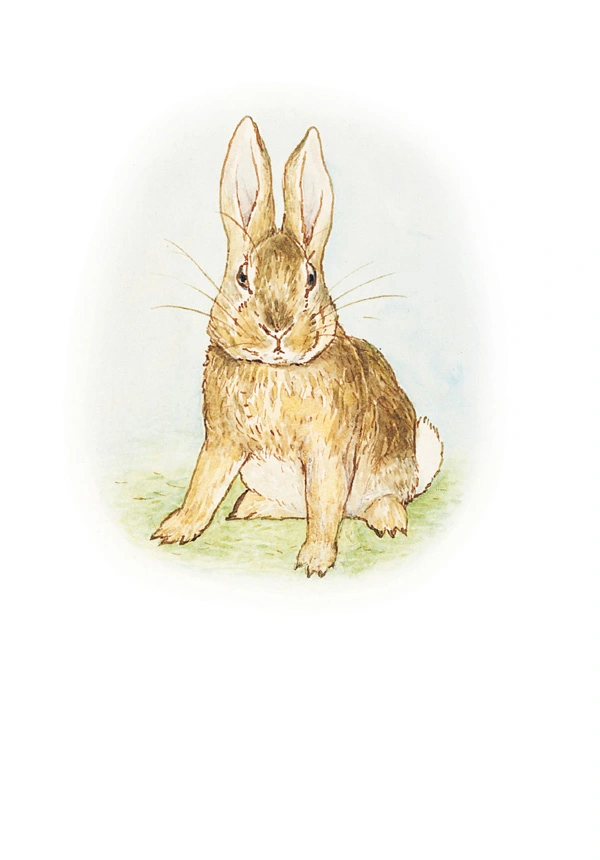
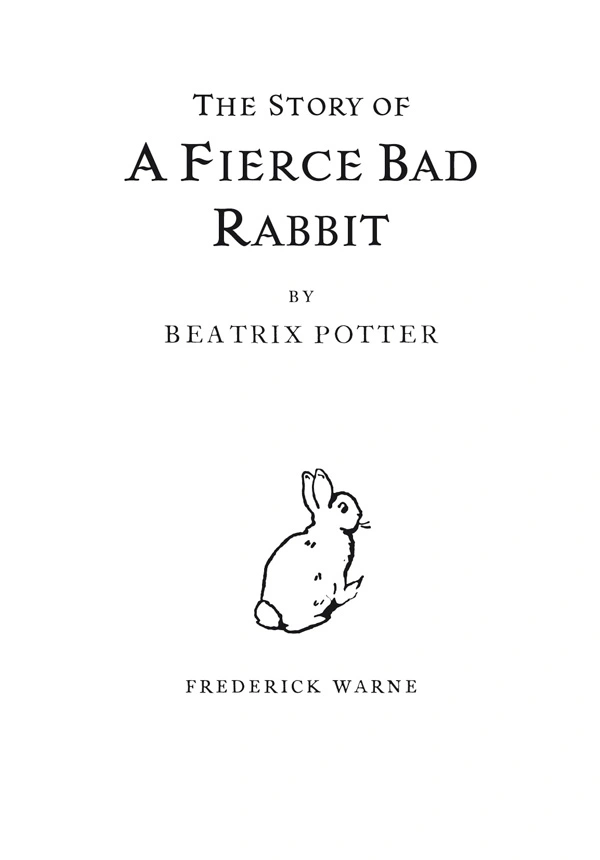
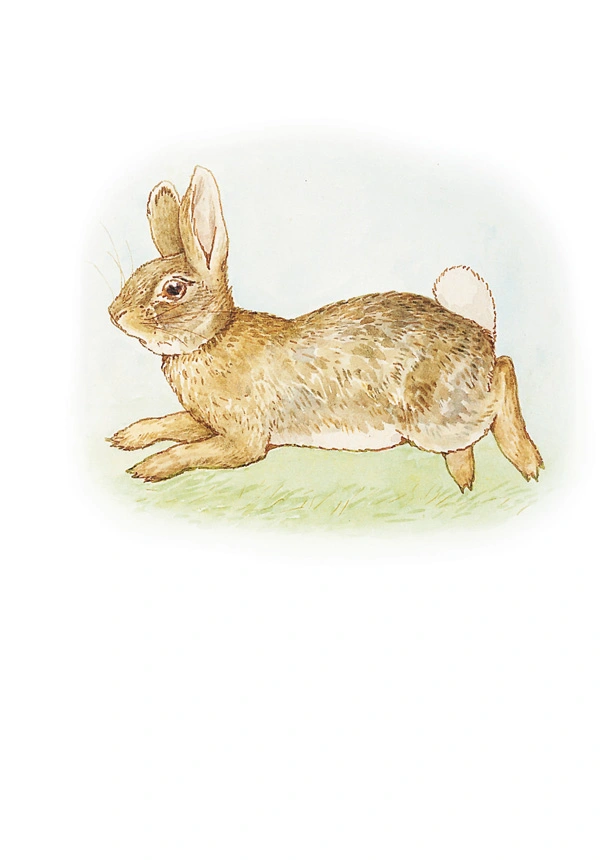
This is a fierce
bad rabbit; look at his savage whiskers, and his claws and his turned-up tail.
This is a nice gentle Rabbit. His mother has given
him a carrot.
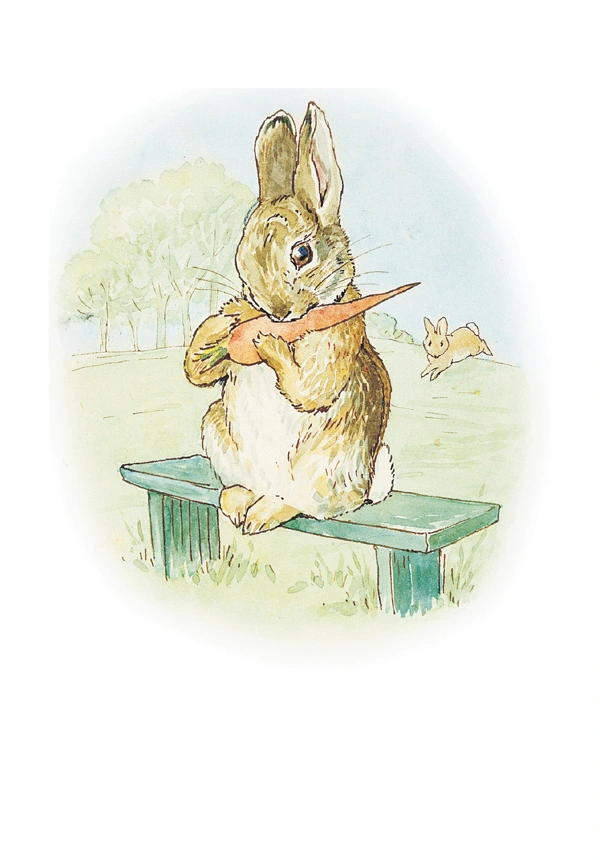
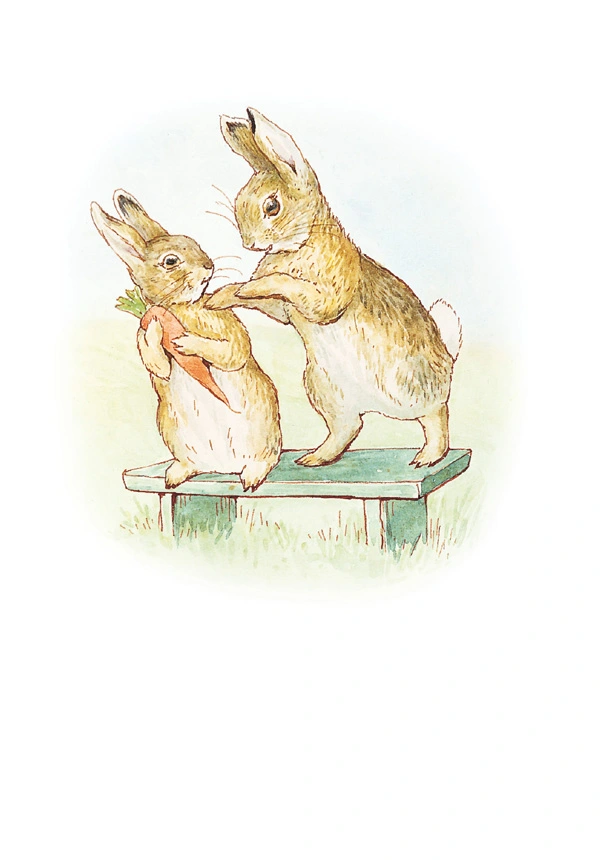
The bad Rabbit would like some carrot.
He doesn’t say “Please.” He takes it!
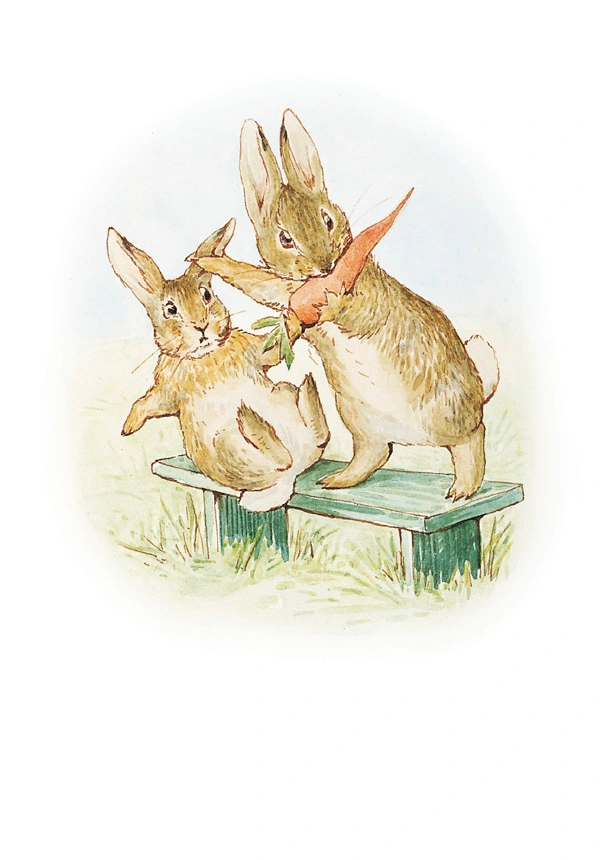
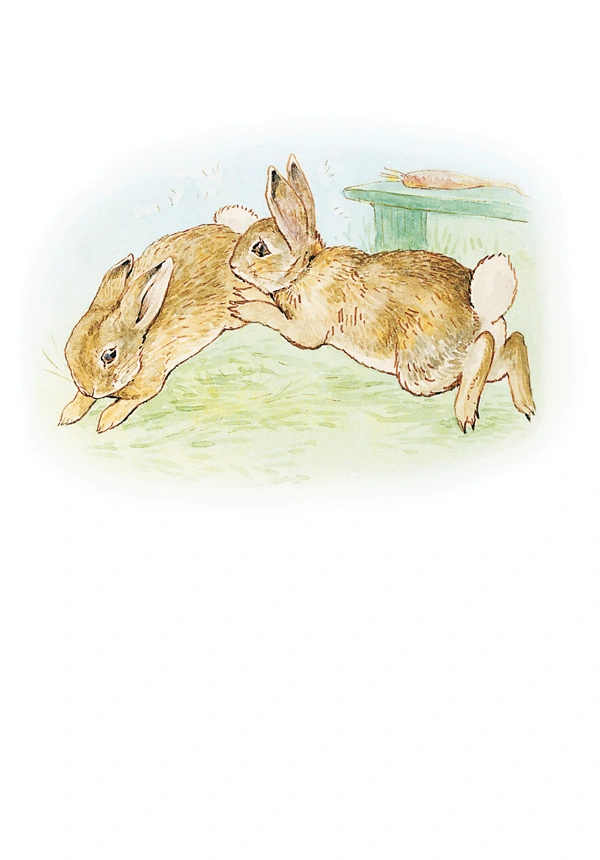
And he scratches the good Rabbit very
badly.
The good Rabbit creeps away, and hides in a hole.
It feels sad.
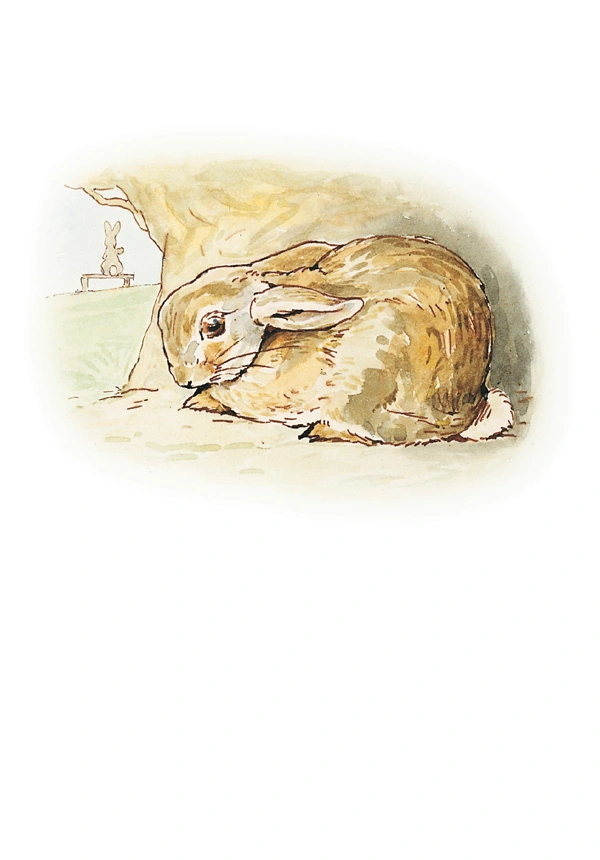
This is
a man with a gun.
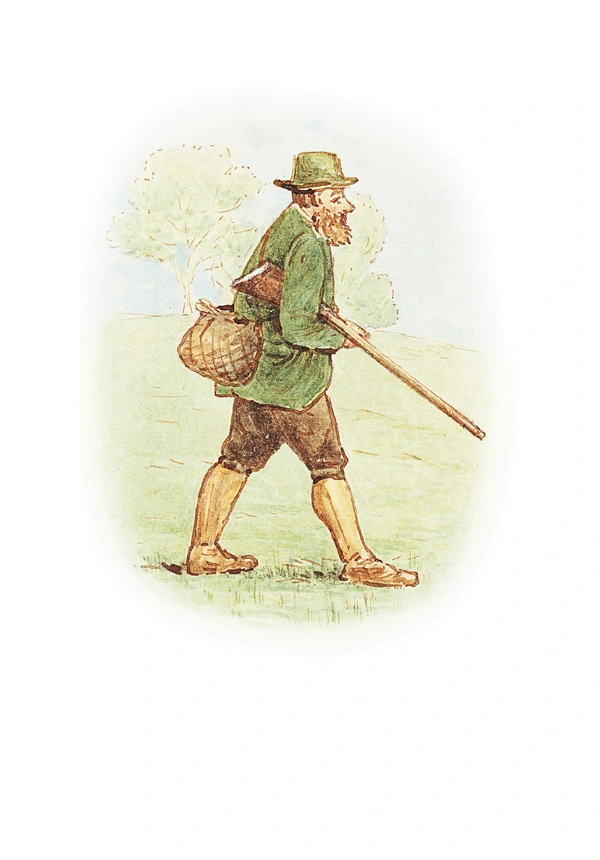
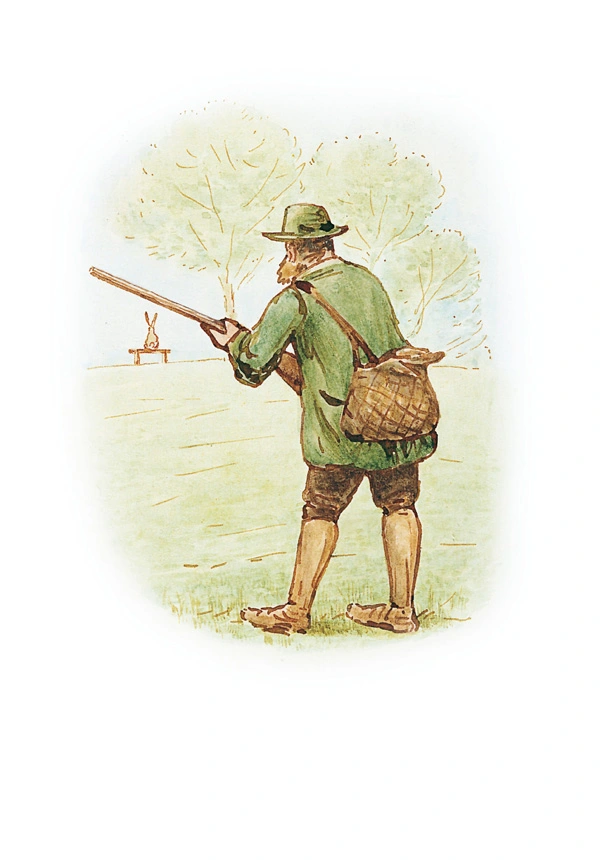
He sees
something sitting on a bench. He thinks it is a very funny bird!
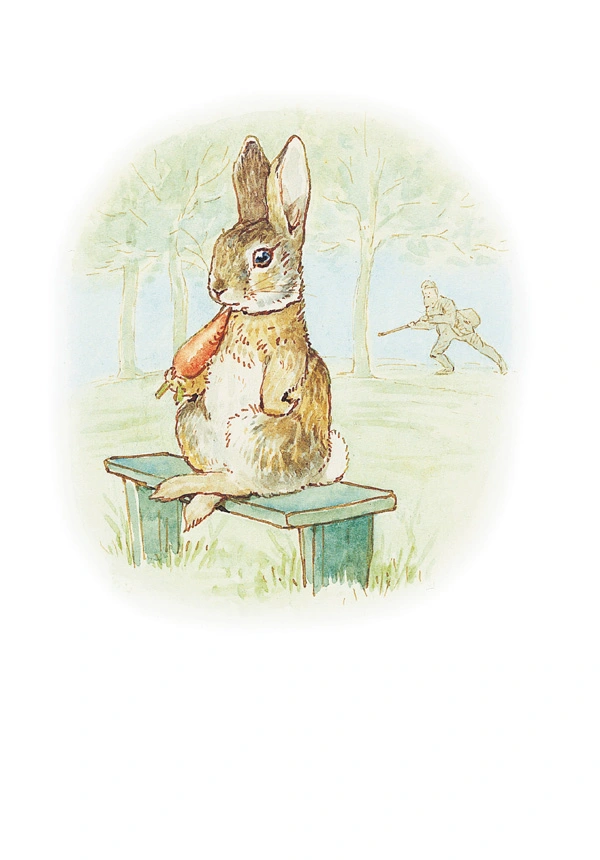
He comes
creeping up behind the trees.
And then
he shoots — BANG!
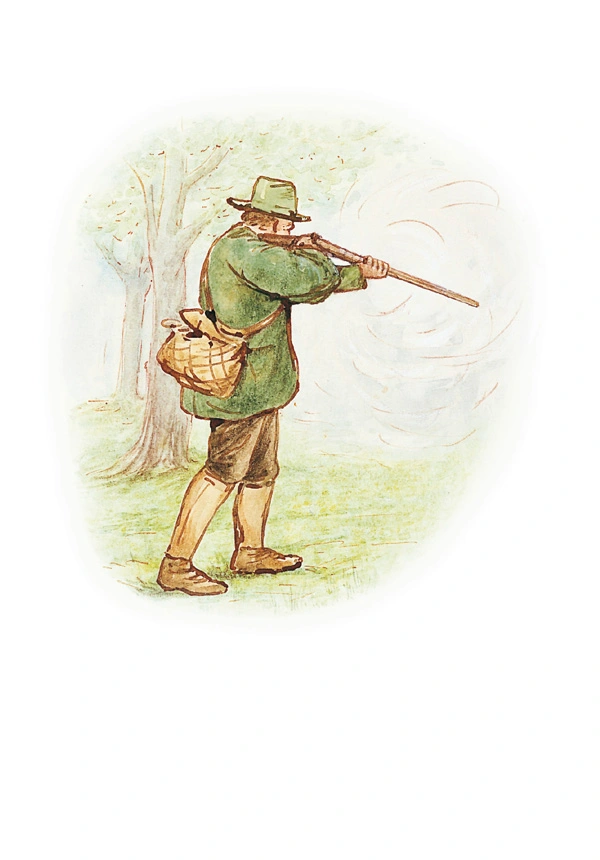
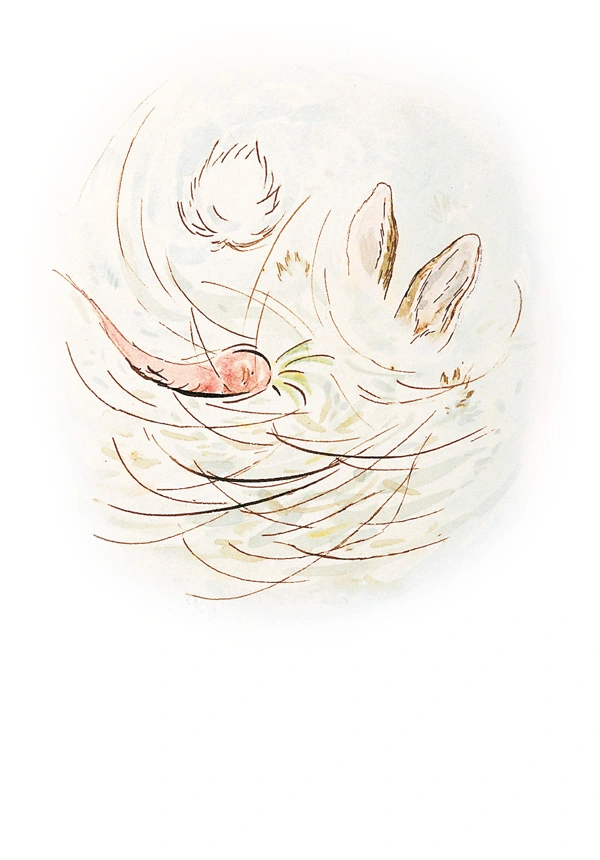
This is
what happens —
But this
is all he finds on the bench, when he rushes up with his gun.
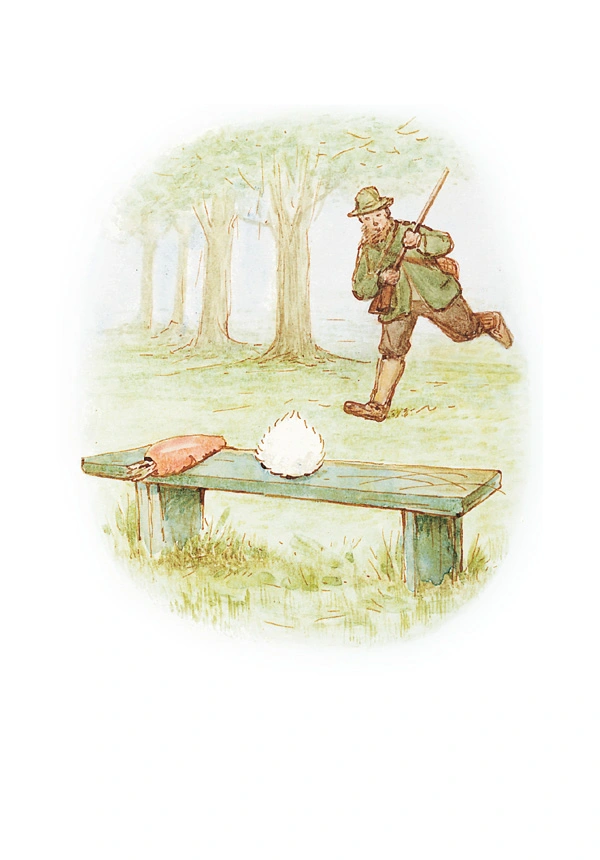
The good Rabbit peeps out of its hole,

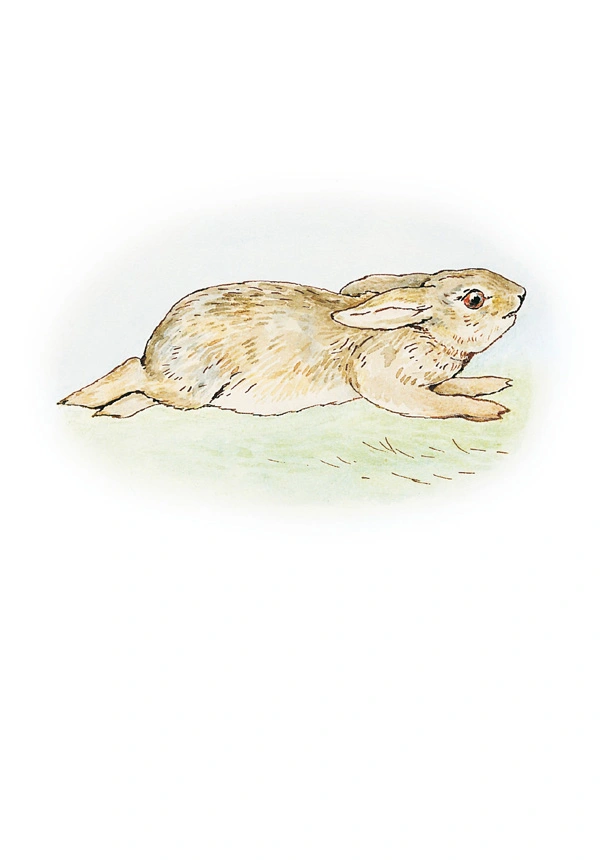
And it sees the bad Rabbit tearing past — without
any tail or whiskers!
The End

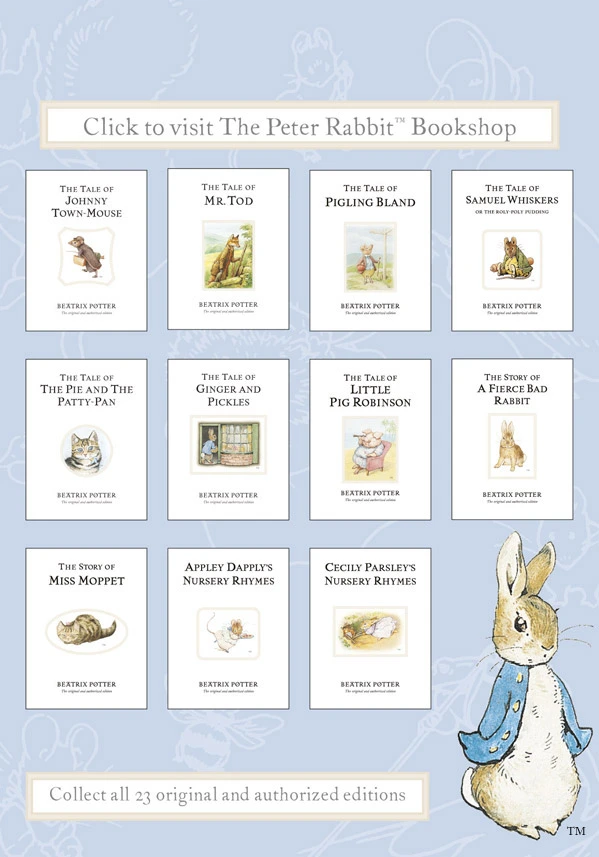
FREDERICK WARNE
Published by the Penguin Group
Penguin Books Ltd, Registered Offices: 80 Strand,
London WC2R
0RL, England
Website: www.peterrabbit.com
First published by Frederick Warne 1906
This electronic edition first published 2010
New reproductions copyright ©Frederick Warne & Co., 2002
Original copyright in text and illustrations ©Frederick Warne & Co., 1906
Frederick Warne & Co. is the owner of all rights, copyrights and trademarks in the Beatrix
Potter character names and illustrations.
All rights reserved
ISBN: 978-0-72-326579-5

.
1 comment